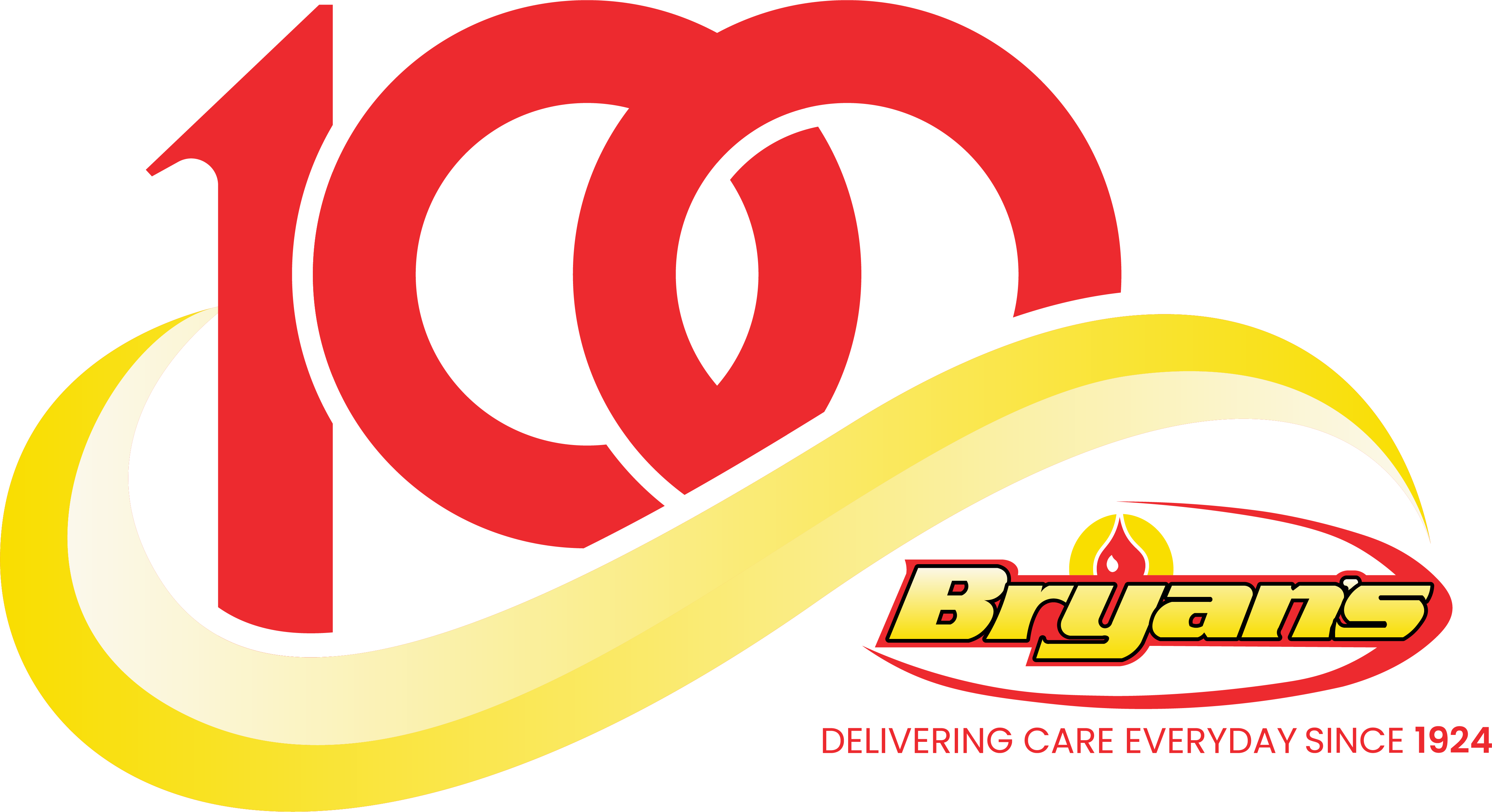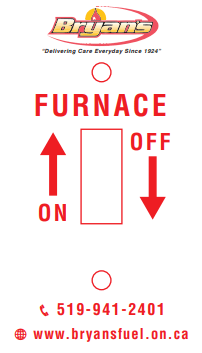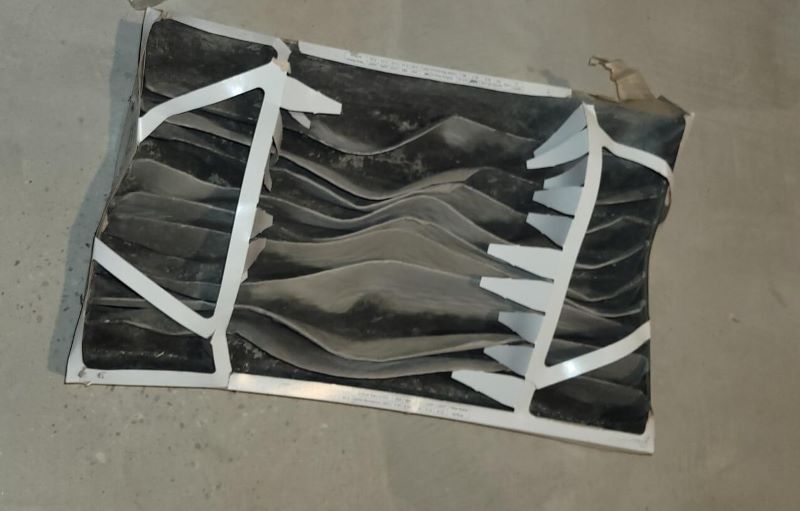Furnace Troubleshooting Guide
Has your furnace ever decided to stop working out of nowhere? Has it ever happened on a cold Ontario evening? A furnace breakdown can quickly turn from a minor inconvenience to a major discomfort. Before you rush to the phone for professional help, know that some issues can be resolved with a few simple checks. Here’s a guide with simple yet effective troubleshooting tips for when your furnace stops working.
1. Check That the Furnace Has Power
Before you start to worry or dive into more complex solutions, start with the basics. Is your furnace receiving power? This first step is easy and can save you time and a service call.
- Find the power switch, which is generally near your furnace.
- Flip the switch and ensure it is in the ‘on’ position.
Save the image above to place near your furnace power switch.
2. Check your furnace filter
The health of your furnace largely depends on its filter. A clogged or dirty filter not only reduces efficiency, but can also lead to more significant issues. Regular maintenance of your furnace filter is a small step that makes a big difference for the operation of your furnace and improving the air quality of your home.
- Locate your furnace filter and pull it out.
- If the filter is dirty or clogged, replace it promptly.
- Inspect your furnace filter monthly, especially during heavy usage seasons.
3. Check for Thermostat Troubles
The thermostat is the heart of your home’s heating system. Incorrect settings or a simple battery issue can lead to heating disruptions. Checking your thermostat should be one of your first troubleshooting steps.
- Complete a battery check and replace the batteries if needed.
- Check the thermostat settings and confirm that your thermostat is set to ‘heat’.
4. Check Your Outdoor Vents
Your furnace’s outdoor vents are important for proper air intake and exhaust. Blocked furnace vents can compromise the furnace’s functionality and safety.
- Check these vents for any blockages including snow, leaves, or debris.
- Remove any obstructions to maintain proper functionality.
- Routinely check these vents, especially after extreme weather.
5. Check the Fuel Levels
Does your furnace run on propane or oil? An empty fuel tank is a common issue, especially during peak usage times such as winter.
- Check your fuel levels to make sure you’re not low or have run out of propane or oil.
- Monitor your levels regularly, and consider signing up for a satellite tank monitor.
- Consider setting up automated fuel deliveries to avoid furnace interruptions.
Professional Furnace Maintenance and Repair
Sometimes, a furnace issue is beyond a simple fix and requires professional attention.
Regular maintenance can greatly enhance its performance and lifespan. An older furnace may require more frequent checks and consideration for upgrades.
Recognizing when to call in experts is important for the longevity of your heating system. Bryan’s Fuel is always ready to provide that expert help when needed with:
- Furnace Installs & Repairs: Including Propane, Gas, Oil, and Geothermal Furnaces.
- Maintenance Plans: For equipment still covered under your manufacturer’s warranty.
- Service Plans: For furnaces outside the manufacturer’s warranty.
- Emergency Service: We are available to respond to your heating emergencies.
We’re here to help you keep your home warm and comfy. If these troubleshooting tips didn’t fix your furnace, just give us a shout. Make sure to check out our maintenance plan for that extra bit of warmth and peace of mind!









